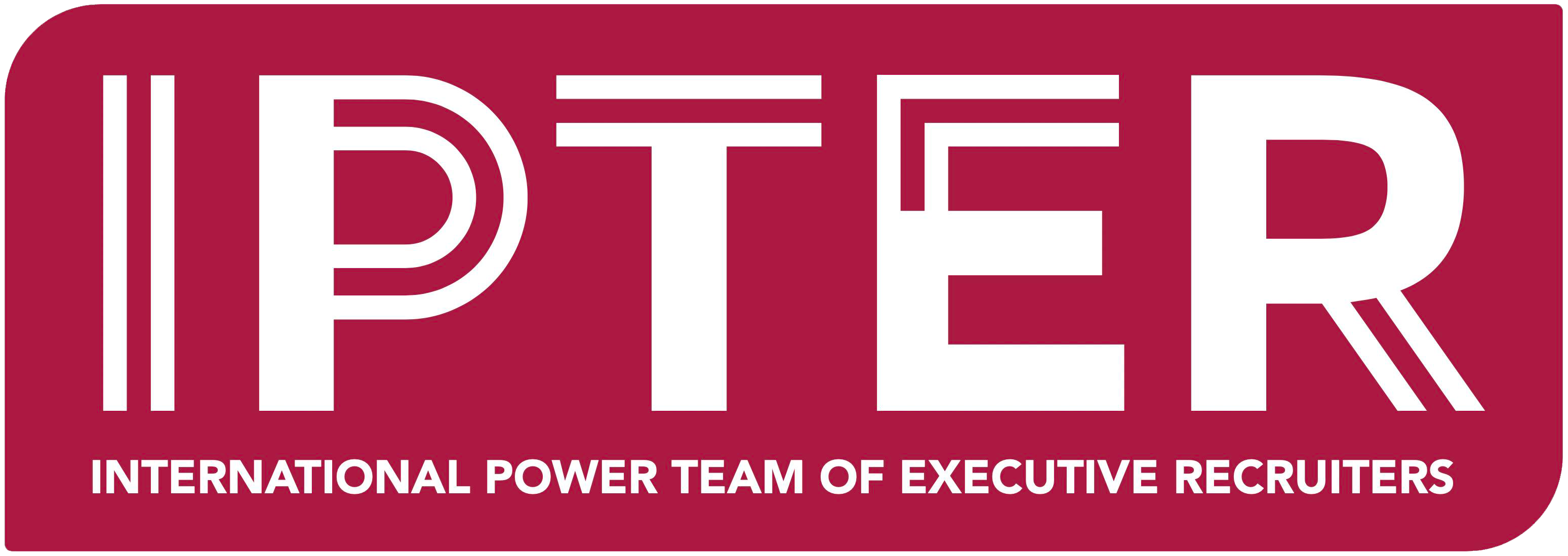Some consequences of toxic workplaces are obvious: increased employee turnover, productivity plummets, and mental health worsens.
But toxic work cultures effect more than just employees and their emotions; it also hurts a company’s bottom line. Over the past five years, companies lost a whopping $223 billion simply due to employee turnover.
Once you’ve accepted that your corporate culture has its flaws, take a close look at your practices. Here are a few places to scrutinize: Communication, DEI, Poor behaviour at the top and high-pressure environments.
Communication
A significant indicator of toxic workplace is that communication doesn’t flow-it slows. Problems begin when leaders don’t have – or fail to execute a plan to communicate, and this is especially true with remote or hybrid working situations. The problem with not having a plan is that employees feel left out and tend to fill voids with assumptions, gossip, and general misinformation. This breeds some of the worst possible workplace situations.
Almost 40% of employees say poor communication – between management and them and among employees – is the top contributor to toxicity in their workplaces, according to the Skynova study.
Creating a communication plan isn’t complicated. The key is to have clear expectations of both managers and employees. This includes how frequent the communication should be, when to share company performance details, and which channel to use – call, chat, email, app, etc. – based on the kind of information that’s being shared.
Lack of DEI
One key aspect of toxicity is when employees do not feel included. Exclusion can manifest in meetings where an underrepresented group does not get an equal opportunity to speak. Or promotions that are given to only those of a certain race or gender. Do specific ideas or arguments get dismissed because they don’t use favoured jargon or adhere to a particular presentation style?
“The hardest area to diversify is leadership,” says Stephen Bailey, cofounder and CEO of ExecOnline.
Finding opportunities for underrepresented leaders means focusing on the leadership goals of your organization. If your company identifies a leader as someone who inspires people, it shouldn’t matter how they do that. Knowing that every leader and their team is different is the start in encouraging new ways of managing their teams.
Poor behaviour at the top
When it comes to workplace culture, the buck stops at the door of the C-suite. Programs and procedures will only work if leaders themselves can handle the truth. Don’t ask the question if you don’t want to hear the answer. Executives are often under intense pressure to deliver results, with far too many rewarded on what they achieve without considering how they achieved it. According to one survey, almost one-third of employees say that their leaders don’t behave in ways consistent with company values.
Organizations need to gather data, to conduct surveys on their culture, but they need to do more than surveying just to survey. They need to act based on the data. Nothing encourages engagement more than acting quickly on suggestions and ideas. First, try to focus on the easy fixes that demonstrate that you are listening and working on their feedback.
High pressure
Employees may not look overwhelmed – and if they’re remotely, you wouldn’t see it anyway. Nor are employees willing to admit they’re stressed based on mental health stigmas.
Front line managers and leaders need to recognize that the pandemic has exacerbated mental health issues for everyone and to be prepared to work with employees to manage their workload.
The best strategy is to train front-line managers on the warning signs of burnout. Then keep them updated and trained on how to help employees combat it, or at least, direct them to resources to help them with stress and burnout.
The Bottom line is that toxicity hurts.
Employers and employees need to know what to look for to prevent workplaces from becoming highly toxic. Employers should fundamentally try to understand and address the areas of their culture that are causing employees to disengage and then leave. And above everything else, they must root out issues that contribute to a toxic culture.
If you are planning a recruitment strategy or need assistance with recruiting, then we would love to chat!


